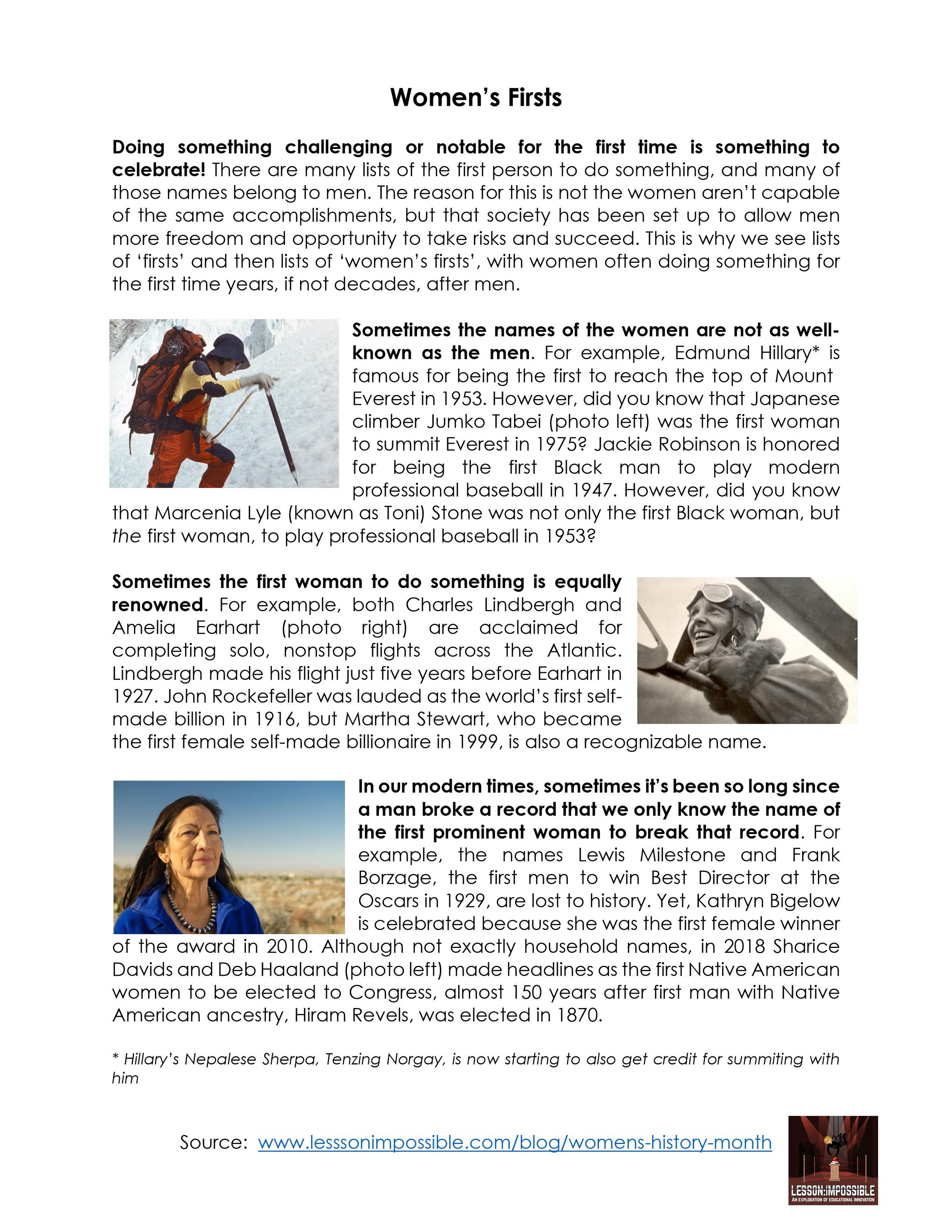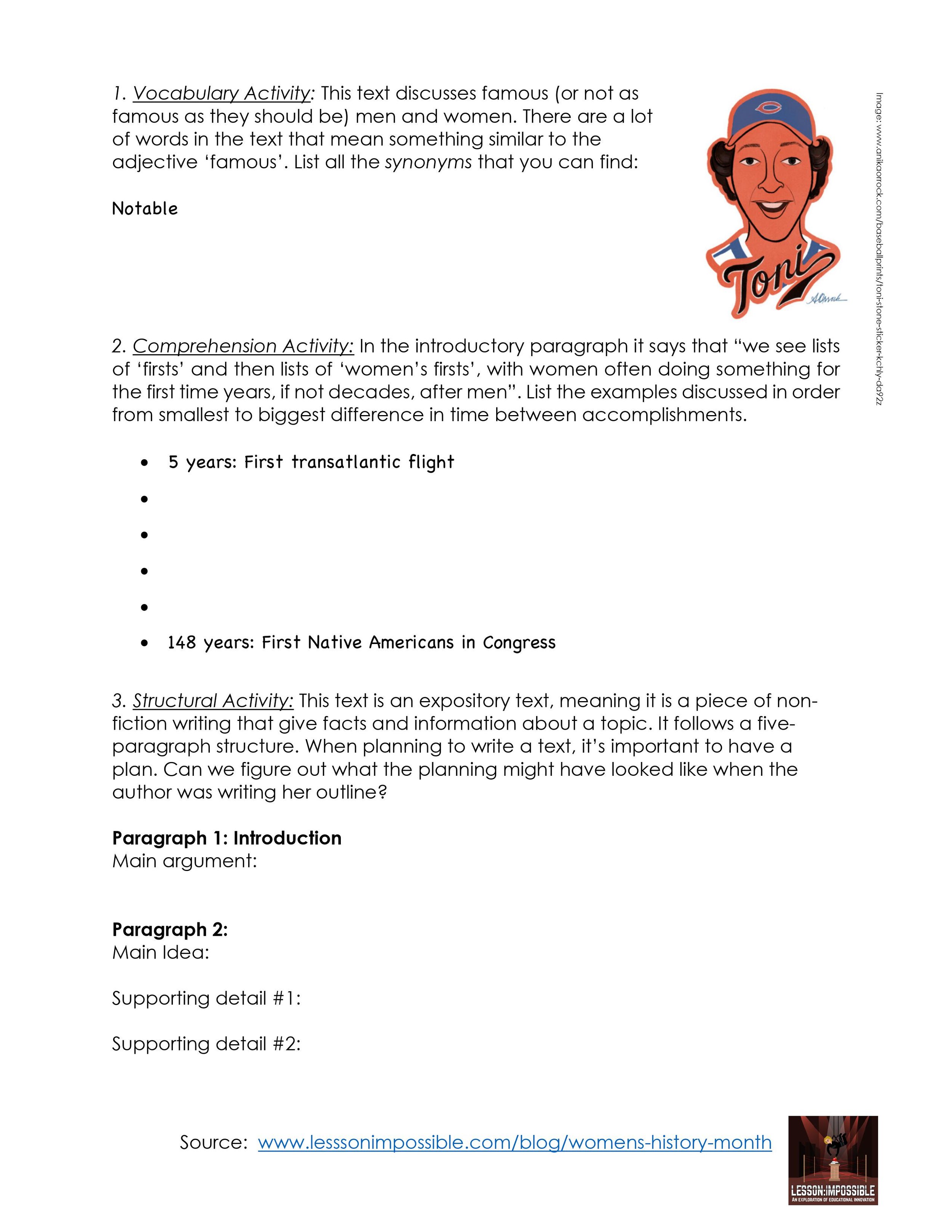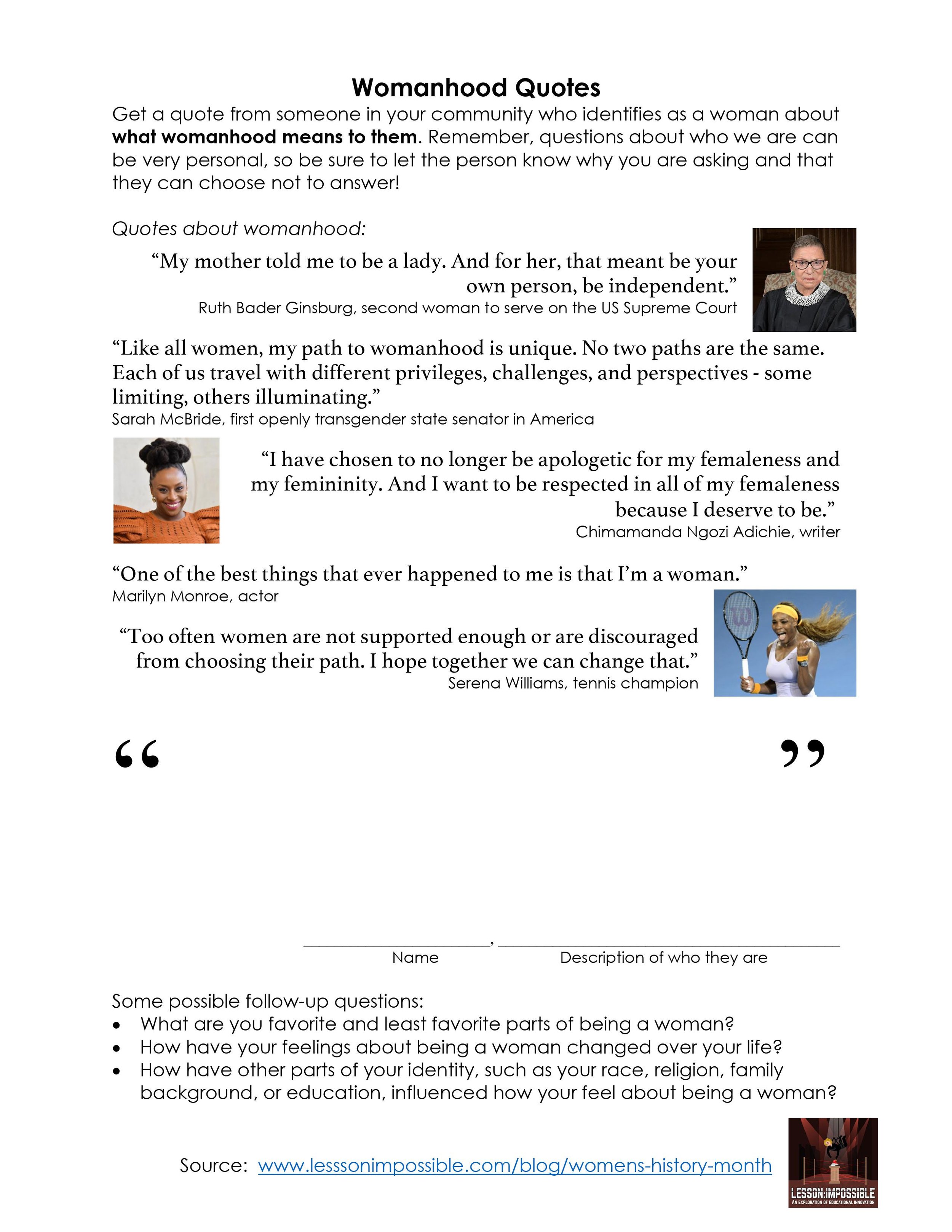Your language-teaching mission, should you choose to accept it, is to give a wide variety of prompts to students to inspire their imaginations when creating free scenes.
For a list of fun prompts for free scenes, without the preamble about why and how I use free scenes, you can scroll down!
Improv is generally divided into two types: short form and long form. Short form games and scenes are exactly what they sound like… short (usually 5-10 minutes max, although there are always exceptions). Long form is long; 30 minutes to two hours long, and if anyone has ever done long form with their language classes, please contact me, I want to interview you very, very badly.
Source: Freepik
Short form can be further divided (according to me) into two categories: structured games and free scenes. Structured games have gimmicks, such as asking questions (see: “Boogers!”) or acting out a verb (see: “What are you doing?”). Structured games tend to be shorter than free scenes, focusing on one aspect of language within that gimmick. Sometimes there is story telling within the framework (see: the game ‘ding!’ that I discuss in “Adapting scripted role plays with improv”) but the gimmick is supreme. Any structured game that is featured as a “warm-up” in a catalogue of improv games is generally not for an audience: they are for students to play around with in small groups or as a whole class. These structures also allow teachers to maintain control over the content of the scenes, as the gimmick is often very limiting, either in what students can or cannot say, or where the story can go.
Free scenes are free of any gimmick. Although they have structure (beginning/middle/end, characters, setting, etc. and whatever prompt you give) they are essentially a small play that is meant to be presented as an encapsulated story. This does not mean they don’t emphasize a particular grammar point, but there is a lot more happening in these scenes than a grammar structure. Free scenes are my favorite types of improv to do because it truly turns the content and creativity over to students! While this may seem intimidating, this is where students truly begin to practice real-world conversation skills.
The way that I do free scenes is not ‘pure’ improv, in the way that the gimmick games are, in that I give students time to prepare ahead of time. I do this for a variety of reasons:
The goal here is language use, not being good at improvised theater. To apply a new concept, it is helpful for students to talk it out with their peers, correct mistakes, and apply what they know to these new grammatical structures
I’m okay with students using their L1 to plan the scene – in fact, I wrote a blog post for School Rubric about why that’s actually a great thing!
Increase student confidence. While things definitely change on the fly, students have at least agreed ahead of time on basic story structure, which makes people less nervous. This can also be seen as ‘increase teacher confidence’ as inappropriate suggestions can be vetoed by the group, and I can keep an eye on what students are doing.
It is really important that every student is included in the scene in whatever way they are capable. In a ‘true’ improv situation, students can be lost in the weeds if they don’t force themselves into the scene. This way, as students are planning, they can make sure everyone has an important role to play.
Perfect time for me to circulate and answer questions. The best part of doing improv is that grammar becomes needs-based: students want to say something so they come to me to explain how they can say it. Then, they actually remember it because it was something they chose to learn.
I usually ask that students not use their phones nor take a pen and paper with them to prepare (this is still about non-scripted conversation, after all!). The phone rule is adaptable (some groups I need to keep their phones in a locked box, some groups are responsible and use their phones for looking up words or adding sound effects) but the paper/pen rule is not. I will often discourage dictionary use, however, since if they don’t know the word, chances are that their peers don’t either, and the whole point is to be understood. I do however, encourage them using their unit materials, such as notes, especially when we are using new grammatical structures. As for group size, three to five seems to be ideal in my experience. I will usually give students 10-15 minutes of planning to start, and if I circulate, see everyone is on task but needs more time, will extend as needed.
PROMPTS!
Now, on to the fun part… what are some fun and creative ways to inspire students for new scenes? In a traditional improv show, the host will often ask questions of the audience, but in the classroom, I find it better to be prepared ahead of time, giving thought to what I want them to be learning/practicing in their scenes.
Vocabulary Prompts
Unit vocabulary is cut up on slips of paper in a hat. Each group selects three vocabulary words they need to incorporate into their scene. At the beginning of the scene, before students present, I will sometimes have students share their three inspiration words. Sometimes, especially towards the end of a unit when all the vocabulary is familiar, it can be fun to have the class guess what the inspiration words were! Vocabulary doesn’t need to be nouns, it can include other parts of speech as well as idioms.
Grammar Prompts
These are usually given in addition to other prompts (i.e., finish the rest of the movie, but you need to use five adjectives while you do it) in order to focus on specific grammar targets (and a way for the teacher to give targeted feedback).
Character/Setting Prompts
A list of characters are in a hat. Students pick a set amount and must incorporate them in their scene. I find that this pairs where with all picking a setting. For example, in a unit on travel, students can pick a setting that has been discussed (i.e., hotel, restaurant, train station) and then have two mismatched characters try and navigate these familiar places. In a group of four, for example, you might have Batman and Darth Vader fighting over the last unbooked hotel room, and the frazzled front desk employee and their manager trying to find a solution. Students are pretty good at generating lists of characters (or you can take them from a novel or movie you are also working on!) You can also find generic lists, such as this group of 30 pictures of fictional characters you could cut up and put in a hat.
Object Prompts
Find three objects and give to students as a prompt. Remember: a scarf doesn’t need to be a scarf, it can be a snake or a dog’s tail or a third arm!
Picture Prompts
What is this invention for? A child shock collar? An alien compliance device? The latest in necklace fashion? Let students guess! Source: www.businessinsider.com/50-awesome-inventions-2010-9
Students are given photographs as inspiration for their scenes. You can ask tell them that at one point in the scene they must recreate what is in the photo (i.e., if they have a picture of the Last Supper, at one point everyone must be at a table on one side) or their scene must explain what happened just before or after the photo. The photo could be pure inspiration, or be the whole point of the scene. My favorite use of this is that I give each group a picture of an old invention (see this amazing list here of which I take six of the best). Students can’t look up what the old invention actually was for, they have to come up with a scene that does its best to explain what they think it is. At the end of the scenes I reveal what the real purpose was, and often, their guesses are better than the real thing!
Preview Prompts
I’ve spoken before about using picture stories to have students practice writing. In this scenario, you give students a few screenshots of the video they are going to watch, and they must make their own story to fit. Then, you watch the ‘real’ video and compare.
Movie Prompts
Like the above, but instead, you only show the first thirty seconds to two minutes of a short film. Students must present how they would finish the story. Then, we watch how the ‘real’ story unfolds, and compare the class’s decisions to the director’s, and again, often the students make better choices!
Anything you can think of!
In have a drawing/speaking activity that involves six shapes and recently realized… it can be an improv prompt too! There’s tons of fun activities involving memes (see: upcoming post on using memes in the language classroom); why not cut up a bunch of memes and put them in a hat? Take a list of headlines from a recent newspaper or sentences from the school announcements… Anything can be an inspiration!
NOTE: Most of these would make great Quickwrite prompts as well! In the inverse, why not use a quickwrite as an inspiration for an improv scene!
What are prompts that you use for your students? Feel free to share in the comments!


























